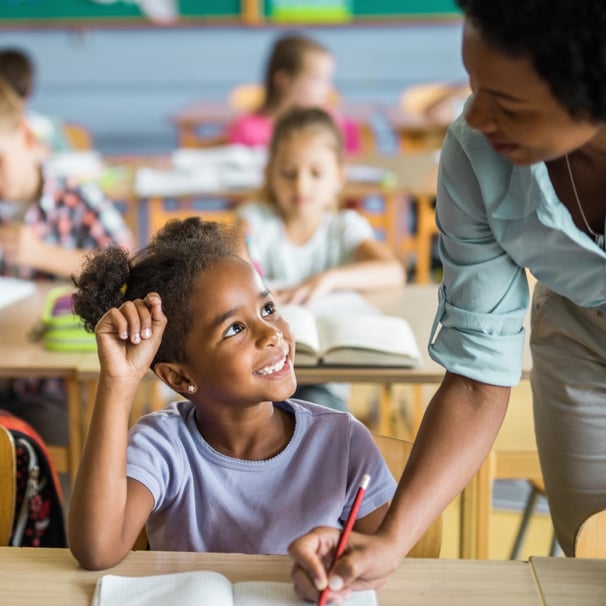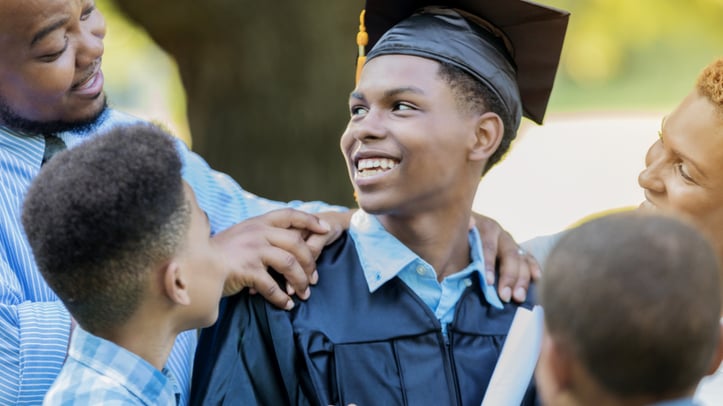Why Targeted Collaboration Is The Missing Link for Special Education Improvement
Culture of Inclusion • 5 min read • Mar 25, 2021 5:04:17 PM • Written by: Sarah Sandelius
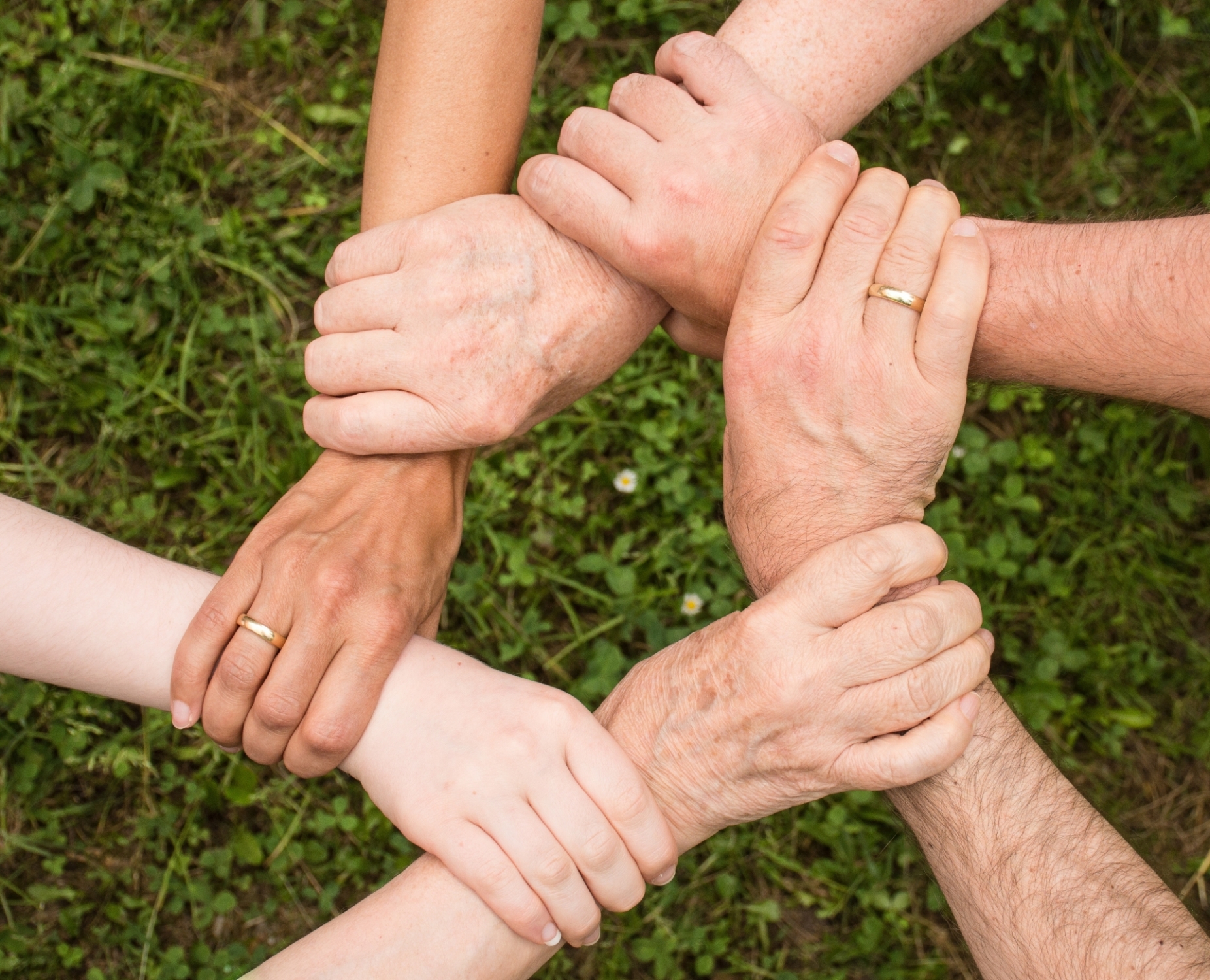
Research tells us that collaboration has tremendous benefits on instruction, service delivery, and equitable education for diverse learners, especially students with disabilities. In collaborative classrooms and school environments, a more holistic view of student learning can emerge where all adults are committed to working together to achieve commonly-held goals. When responsibilities to support students are equally shared and valued, educators leverage the unique strengths and skills of others to support all students. This type of teamwork creates trust and accountability, and it allows teachers to feel confident and a greater sense of efficacy, positively contributing to the teaching climate.
But not all collaboration should be treated equally. Educators can focus on the highest leverage collaborative practices that directly impact student outcomes – an approach called Targeted Collaboration. Targeted Collaboration brings more intentionality to the daily interactions that educators have with each other to identify, share, and meet student needs. Developed from scholarly research, countless hours of stakeholder interviews and information gathering, and decades of direct experience in education, Targeted Collaboration makes it easier to build more equitable and inclusive classrooms, even in remote and hybrid settings, because it helps educators focus on the practices that matter. Our school systems are confronted with a problem that impacts our most diverse learners, but because Targeted Collaboration empowers all educators (not just specialists), it offers a solution to help all students succeed.
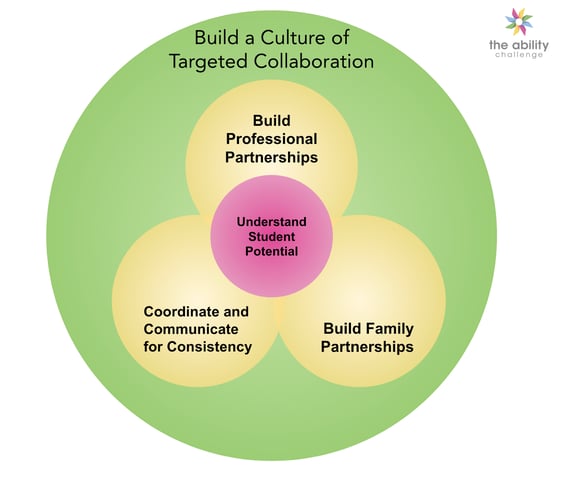
Here are five steps to building targeted collaboration:
First, build a culture of collaboration.
Starting with foundational ideas like creating shared language and a vision for working together means all adults understand and have the mindset that students with disabilities should be held to the same high standards. Strong collaborative systems consistently reinforce that it’s the educators’ collective responsibility to create learning environments that help maximize the growth and potential of all students, especially those at the margins.
Deeply understand student potential.
Breaking free from the ableist systems that shape traditional notions of separateness in special education, we can begin to understand the different ways students with disabilities “show up” at school. If educators take a holistic and multidisciplinary approach to understanding what strengths each unique student brings to learning, as well as any challenges that are inherent in how they access general education curriculum, a more objective view of need will emerge. Tools and strategies like interest inventories, promoting student choice in reading and topics of inquiry, and presuming competence work just as well in remote and in-person settings.
Develop authentic professional partnerships.
This involves working together to develop trust and action across multiple educators and providers to develop programming tailored to what students need. Educators can work toward these relationships by sharing the workload, listening to each other, and valuing the expertise of others. Collectively developing student goals, chunking them into benchmarks, and proactively following up on implementation are strategies educators point to when describing high-value partnerships, especially if those partners are not special educators. Content area teachers, paraprofessionals, administrators, service providers, and others are essential partners in this work.
Promote alignment and consistency.
Closely related, by coordinating and communicating for consistency, educators can ensure alignment and coherence to integrate tailored programming across contexts. A great behavioral intervention can do wonders for one teacher who identifies the functions of a student’s disruptive behavior. But use that intervention across all of the student’s teachers in each class and see the student thrive. Coherence is a missing link in many schools, and students with disabilities are the ones who suffer because they are left to their own devices to navigate up to ten different approaches from ten different educators, most of whom have never received training to understand how their disability impacts learning. Whatever the need, there are adults in the school who can help. The key is tapping into each educator’s expertise.
Finally, build family partnerships.
This includes understanding one’s own background/ lens and connecting with families from a place of empathy to empower a team approach to their child’s learning. Asking families how they’d like to engage, operating with transparency, building connections, and empowering their voices at the table can stave off the fear (even if it’s just a perceived fear) of litigation.
These practices are happening all around us right now, but addressing them with more intentionality is essential for meeting the needs of diverse learners, especially as we consider accelerating education when more and more school buildings reopen. Our students with disabilities are treading on quicksand, and COVID has deepened that reality. Aligning educator practice to the components of Targeted Collaboration reinforces adult behaviors that embrace high expectations, high standards, and a growth mindset for all. With so much going on right now, educators risk being subsumed by urgency, missing the rare opportunity to think and act differently. Students and families will thank us.
Learn more about our innovative new approach!
Sarah Sandelius
Our Latest
Related Articles

September 11, 2020 | Leader Support
Building Special Education Capacity Across Washington, D.C.
Discover how COP participants collaborate to identify crucial issues in remote, hybrid, and in-perso...
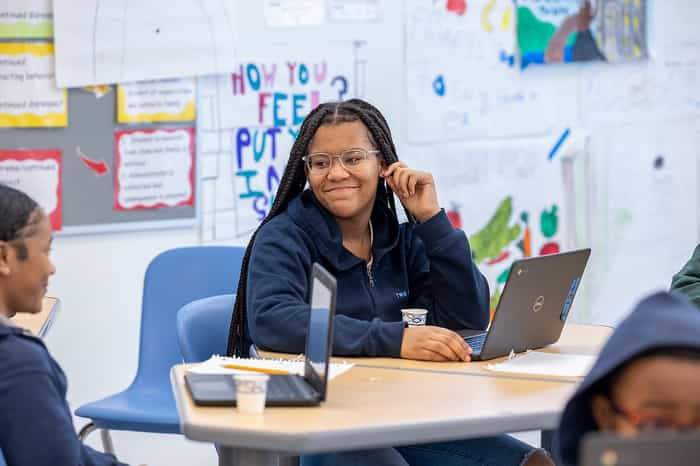
December 14, 2023 | Administrators
Five Quick Tips To Keep Diverse Learners Engaged After Breaks
Discover effective strategies for engaging diverse learners after breaks! Explore inclusive teaching...

May 14, 2021 | Tools
Role Reversal: Teachers Supporting Parents
Discover the rewards of parent-teacher collaboration! Build communication with parents and gain the ...

